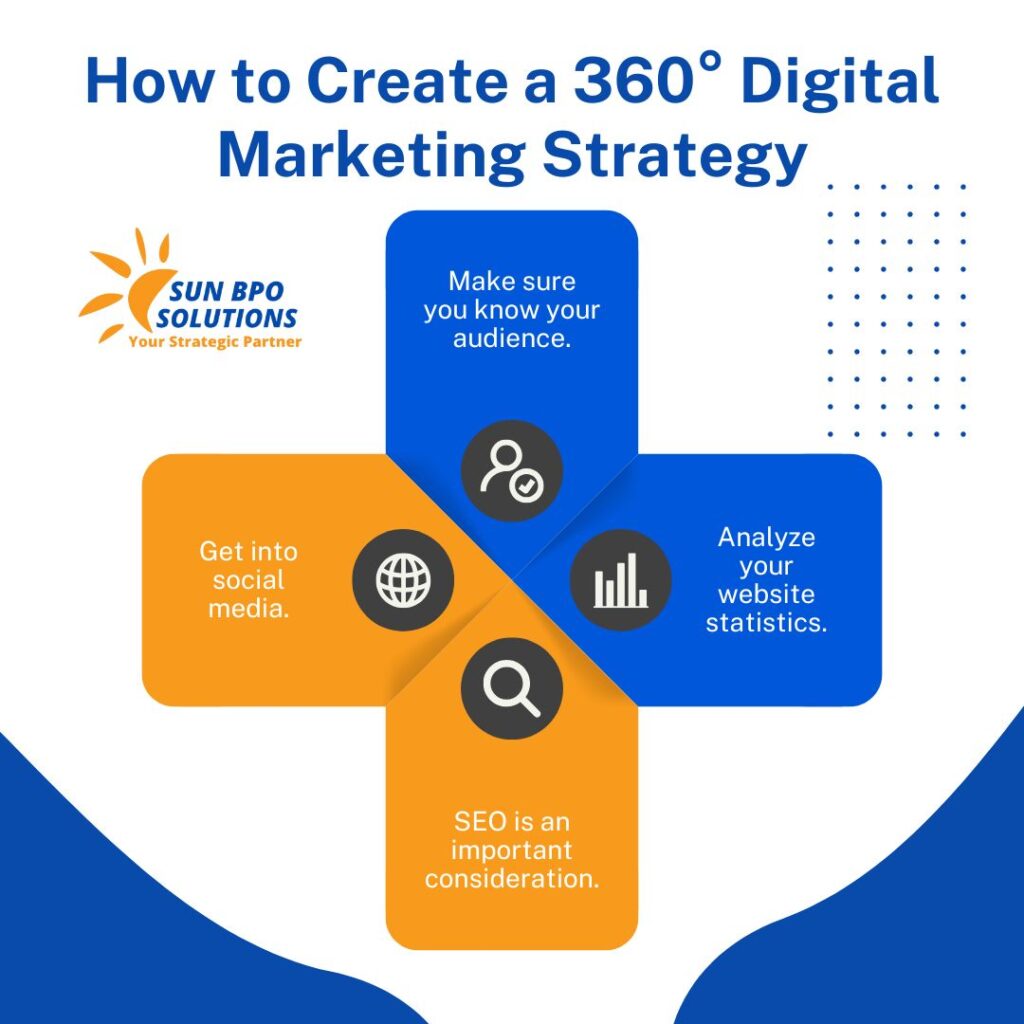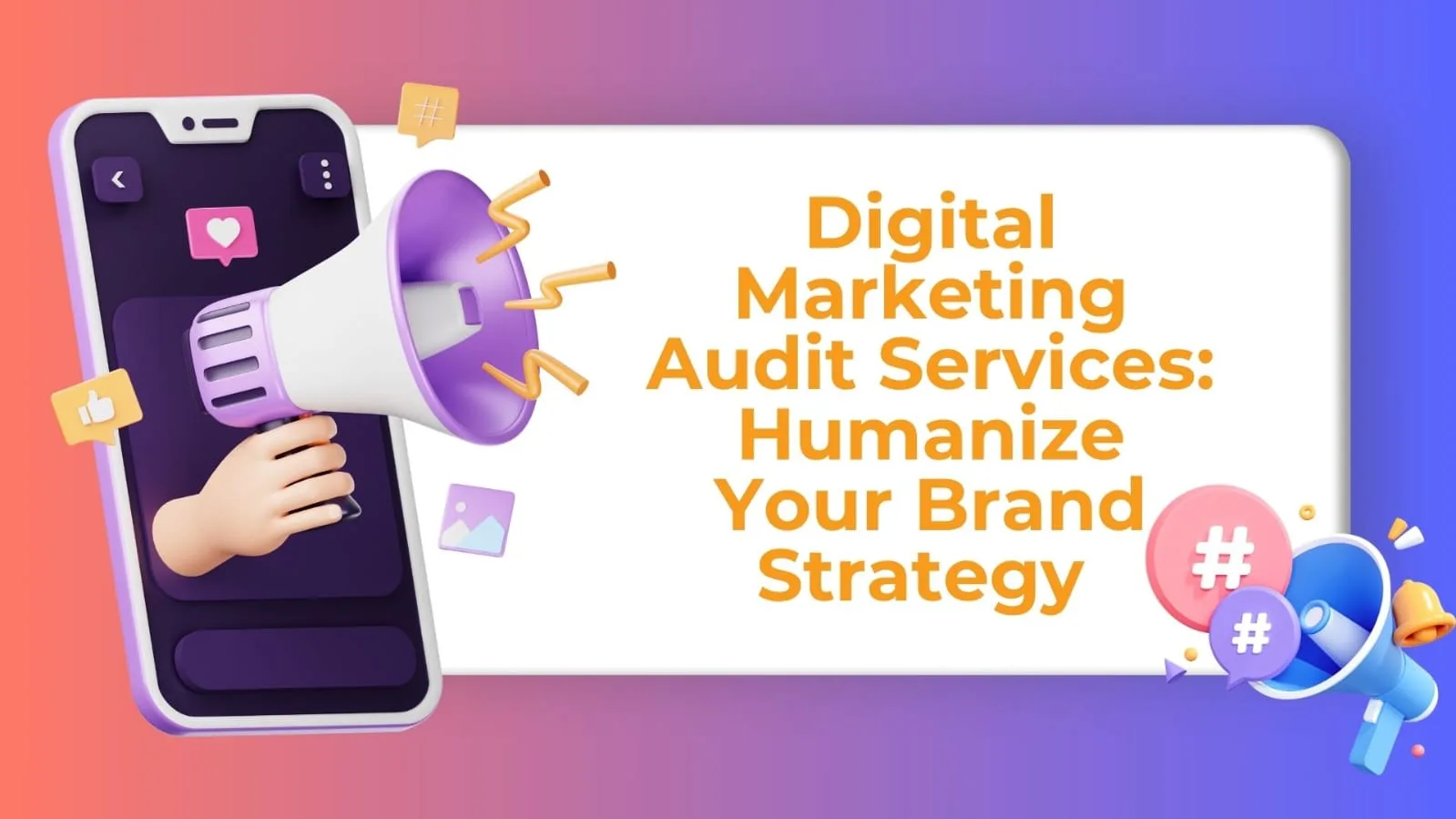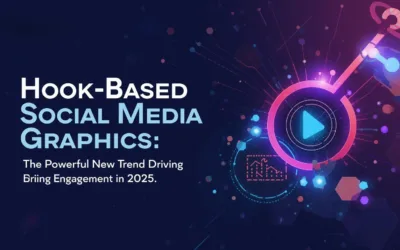Table of Contents
Introduction: Digital Marketing Audit Report
In the fast-paced world of online business, digital marketing audit services often get viewed purely as number-driven tools — charts, metrics, and benchmarks. But beyond the data, these audits tell a story — not just about what’s working, but about your audience, your brand voice, and the emotional connection (or disconnect) you’ve built over time.
In a space where automation and algorithms dominate, it’s easy to forget that marketing is fundamentally about people. And while KPIs and conversion rates matter, the why behind those numbers is what leads to real growth. A well-executed digital brand audit can uncover far more than ad spend efficiency — it can surface the tone of your messaging, the perception of your visuals, and the journey your customers take before making a decision.
Let’s explore how a digital marketing audit, when approached with empathy and intention, becomes a gateway to understanding the human side of your brand — and how this understanding can lead to stronger strategies and deeper connections.
What is a Digital Marketing Audit?
A Digital Marketing Audit is a comprehensive analysis of your brand’s online presence — including your website, social media, SEO, content, paid ads, and email campaigns. It helps identify strengths, gaps, opportunities, and potential threats in your digital marketing strategy.
But here’s where most brands go wrong: they see the audit as just a report, not a roadmap. When done right, a digital marketing audit report becomes a powerful tool to understand how people interact with your content — and how you can serve them better.
Numbers vs. Narratives: Why Human-Centric Marketing Matters
Your bounce rate is high — but why? Your email open rates dropped — but what changed? While analytics show what’s happening, audits can reveal the why.
By combining hard data with customer behavior insights, a digital marketing strategy audit can tell the story behind the numbers. And when you start seeing users as people — not just traffic — your strategy transforms.
For example:
- High bounce rate? Maybe your content isn’t aligned with the user’s intent.
- Low engagement on social? Your tone might not resonate with your target audience.
- Poor conversion rate? The user journey could be too complex or unclear.
This is where a digital audit humanizes the data — and empowers you to take empathetic, strategic action.

What Human Elements Does a Digital Audit Uncover?
✅People don’t convert when they feel frustrated. A proper audit dives deep into site structure, navigation, mobile responsiveness, and page load speeds — all of which influence the emotional journey of your visitors.
✅Your brand might be shouting in a language your audience doesn’t understand. An audit helps analyze your tone, language, and content relevance. Are you inspiring trust? Are you talking to your audience or at them?
✅A digital marketing audit reveals which content types — blog posts, videos, infographics — are resonating most with your audience. It’s a signal of how your users prefer to consume information and what topics trigger action.
✅Do your CTAs inspire urgency or anxiety? Are your headlines evoking curiosity or confusion? Through A/B testing audits and funnel analysis, you can discover how emotion plays a role in clicks and conversions.
Real Results: Why Brands Are Investing in Human-Led Audit Insights
Brands that embrace audits as more than performance reports start seeing real transformation. Here’s how a human-first audit can drive results:
- Increased Engagement: Brands realign their voice and visuals to match audience expectations.
- Higher Conversion Rates: Simplified navigation and relevant CTAs lead to better customer journeys.
- Improved Retention: Insights from behavior analysis improve customer service, loyalty, and satisfaction.
When your digital marketing audit focuses on people as much as performance, your business builds deeper connections — and ultimately, drives better results.
How to Conduct a Human-Centered Digital Marketing Audit
Here’s a simple yet effective framework:
✅ Step 1: Define Personas and Journey Maps
Start with understanding your audience personas — who they are, what they care about, and what problems they want solved. Then map out how they discover, interact with, and convert on your platforms.
✅ Step 2: Audit UX and UI
Test your site and landing pages from a real user’s perspective. Are pages loading fast? Is the flow intuitive? Are your buttons accessible and content readable?
✅ Step 3: Evaluate Tone, Visuals, and Emotion
Review your content — from headlines to images — and ask: “Is this message clear, relatable, and helpful?” If not, it’s time to recalibrate.
✅ Step 4: Analyze Behavior with Empathy
Use tools like heatmaps, scroll maps, session recordings, and exit intent reports to watch where users drop off or engage most. These actions speak louder than any number.
✅ Step 5: Use Data to Reconnect, Not Just Optimize
Yes, fix what’s broken. But go further — use insights to build better emotional connections. Personalize experiences. Add human touches to automation. Show up with value, not just volume.
Future Outlook: Why Ongoing Audits are the Future of Digital Success
As AI and automation evolve, so will marketing algorithms. In 2025, periodic digital marketing audit reports will become non-negotiable. Brands that continuously evaluate and realign their strategies will outperform those that rely on guesswork. Businesses that integrate audit insights into their digital marketing strategy quarterly will stay agile, competitive, and ahead of emerging trends.
Final Thoughts
In 2025 and beyond, brands that thrive won’t be the ones that chase algorithms — they’ll be the ones that listen.
Digital marketing audit services are not just a checklist. They are a mirror held up to your brand’s digital presence. A digital brand audit uncovers whether your identity matches your audience’s perception. A digital content audit reveals the voice and emotion behind every pixel and post.
Go beyond the numbers. See your brand through human eyes.
Book your free digital marketing audit today.
Stay updated with SunBPO Solutions for the latest trends, insights, and strategies to keep your business ahead of the curve!
Frequently Asked Questions (FAQs)
How often should I conduct a digital marketing audit?
Ideally, every 6 months, but quarterly audits are recommended for dynamic industries.
Is a free digital marketing audit worth it?
Absolutely! It can uncover hidden issues and guide your strategy without initial investment.
What tools are used in a digital marketing audit?
Popular tools include Google Analytics, SEMrush, Ahrefs, Hotjar, and HubSpot for insights across multiple platforms.





0 Comments